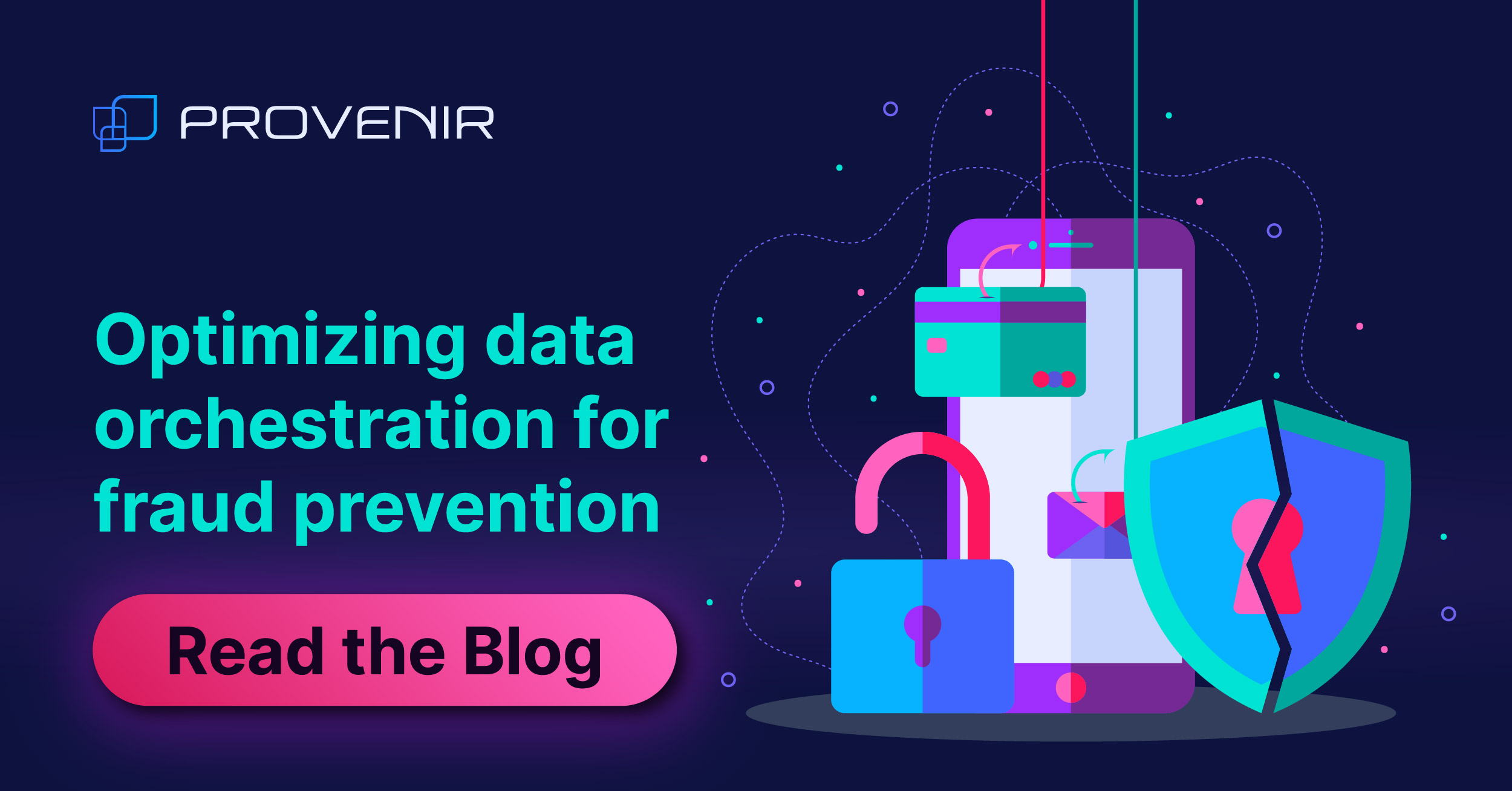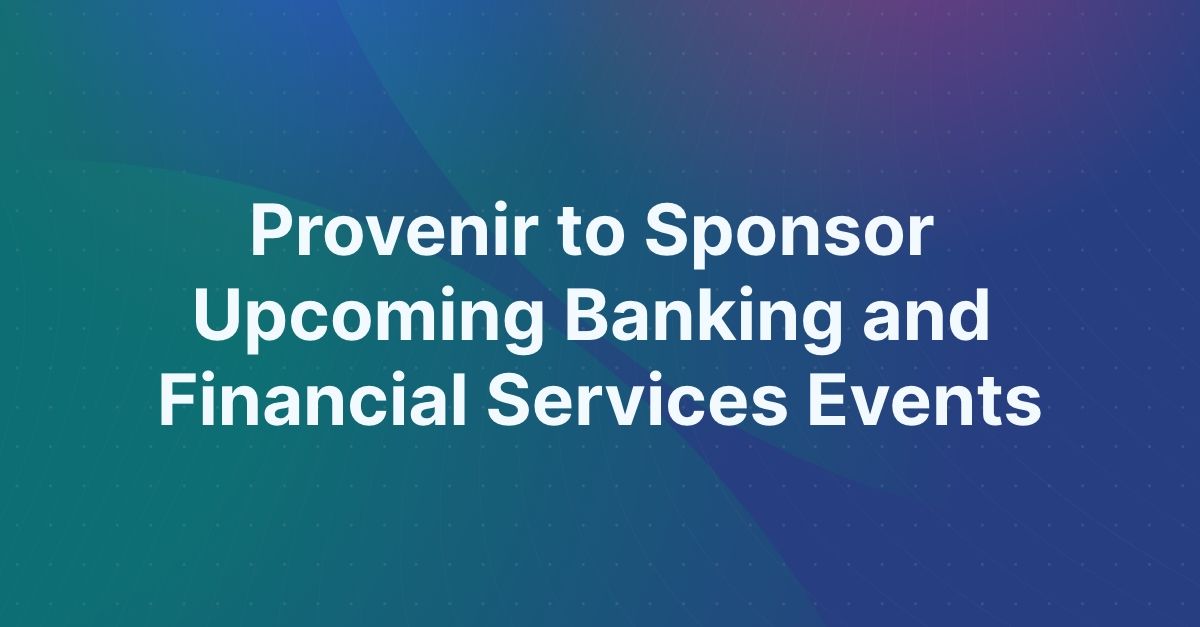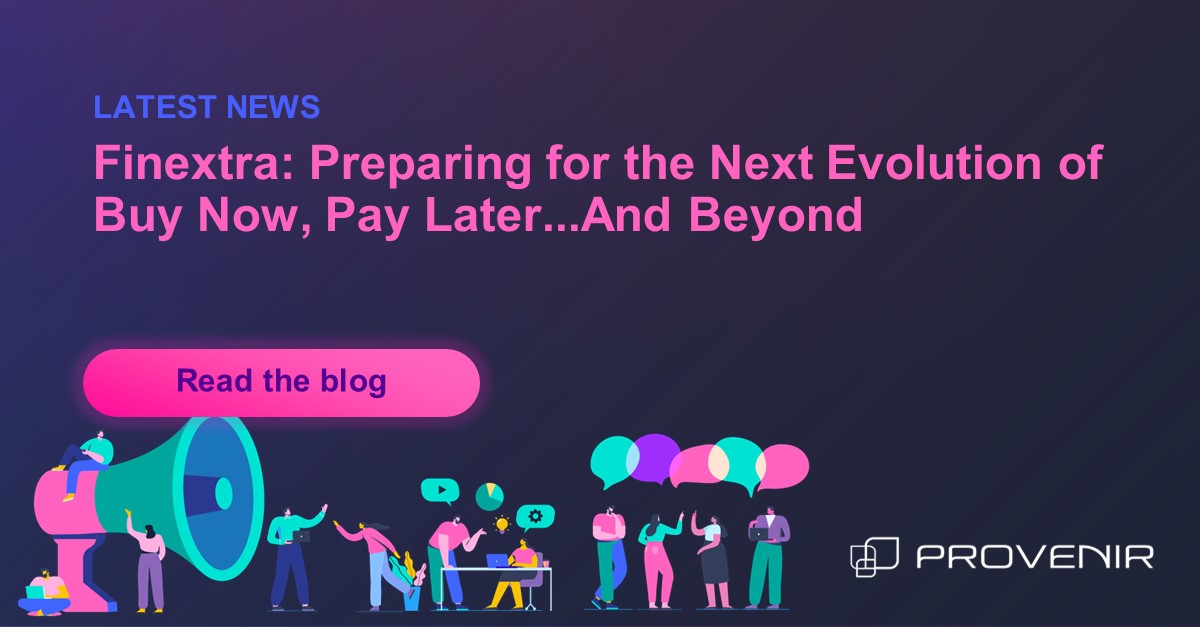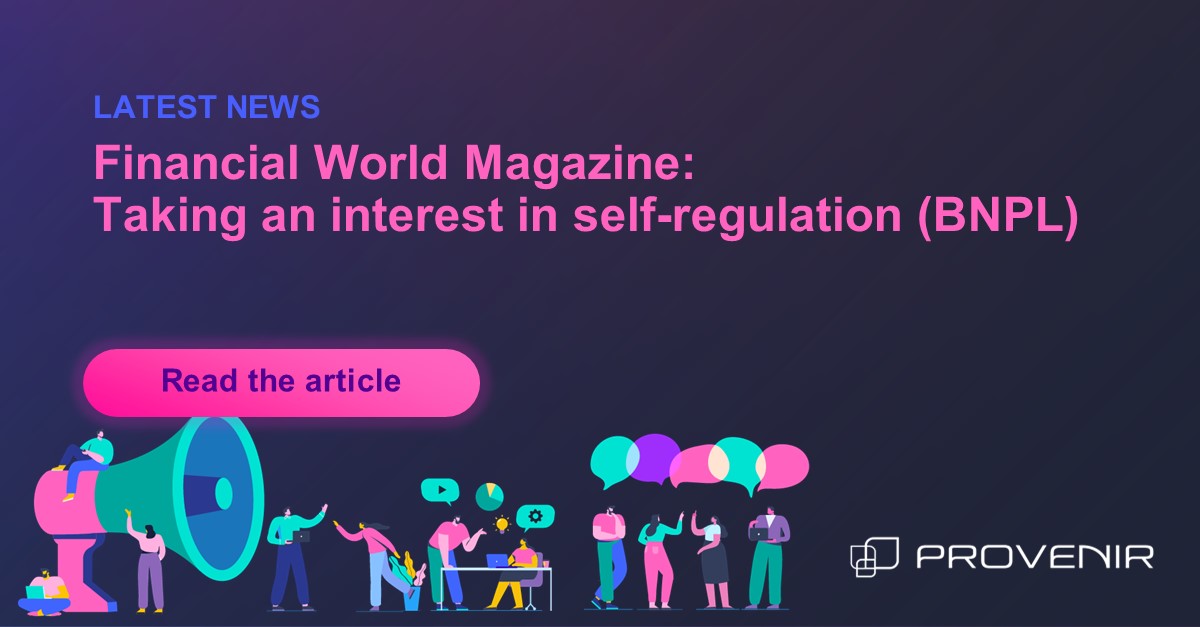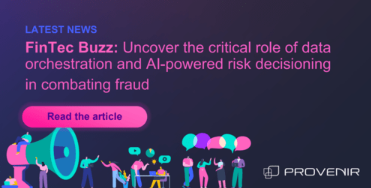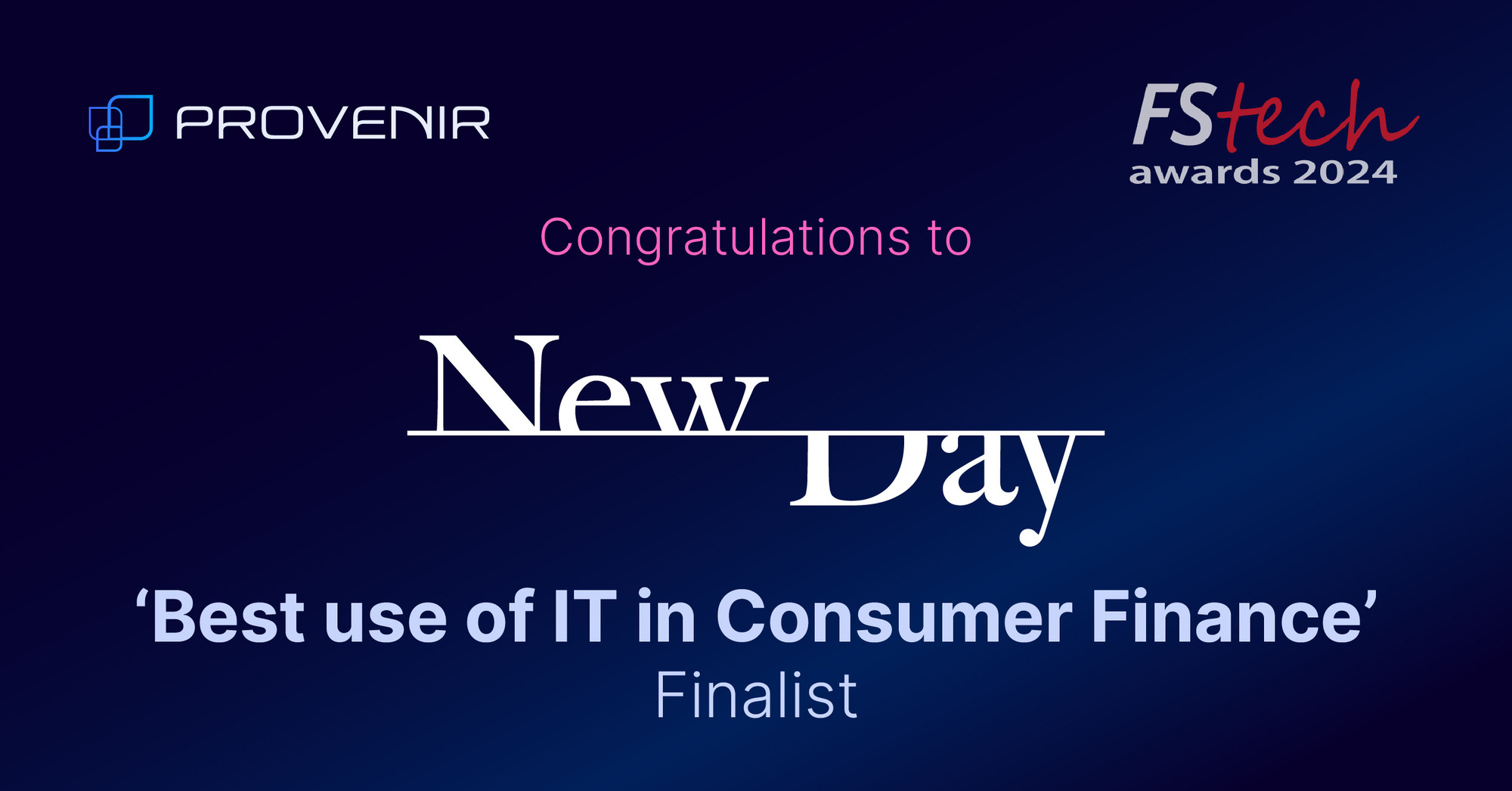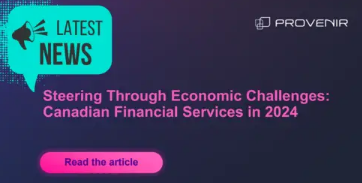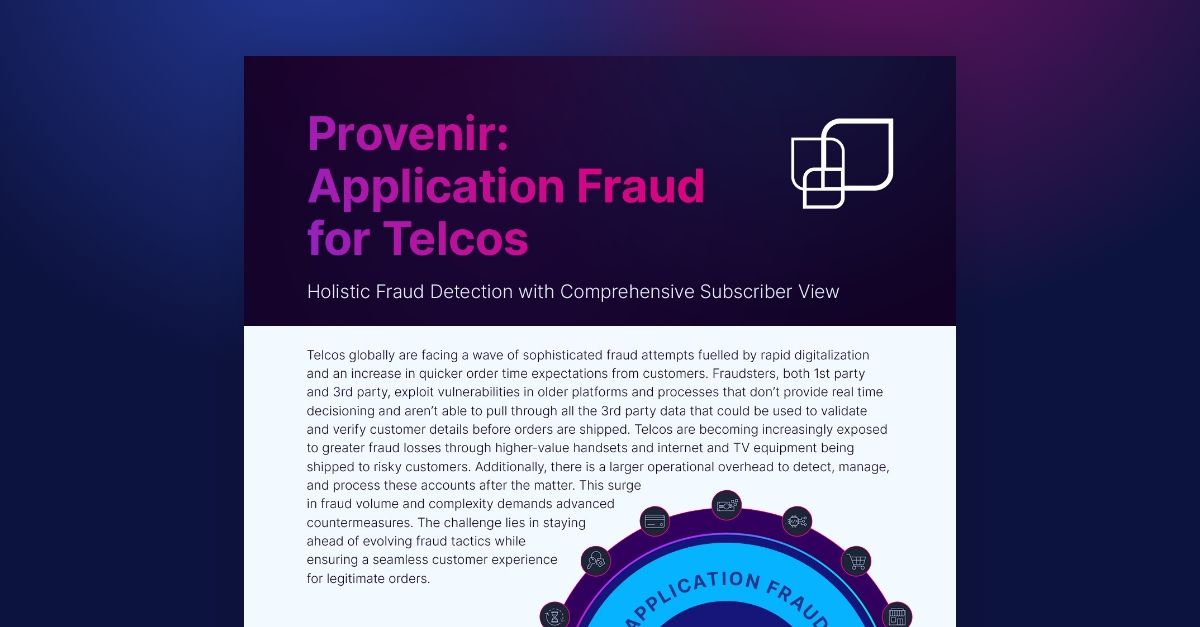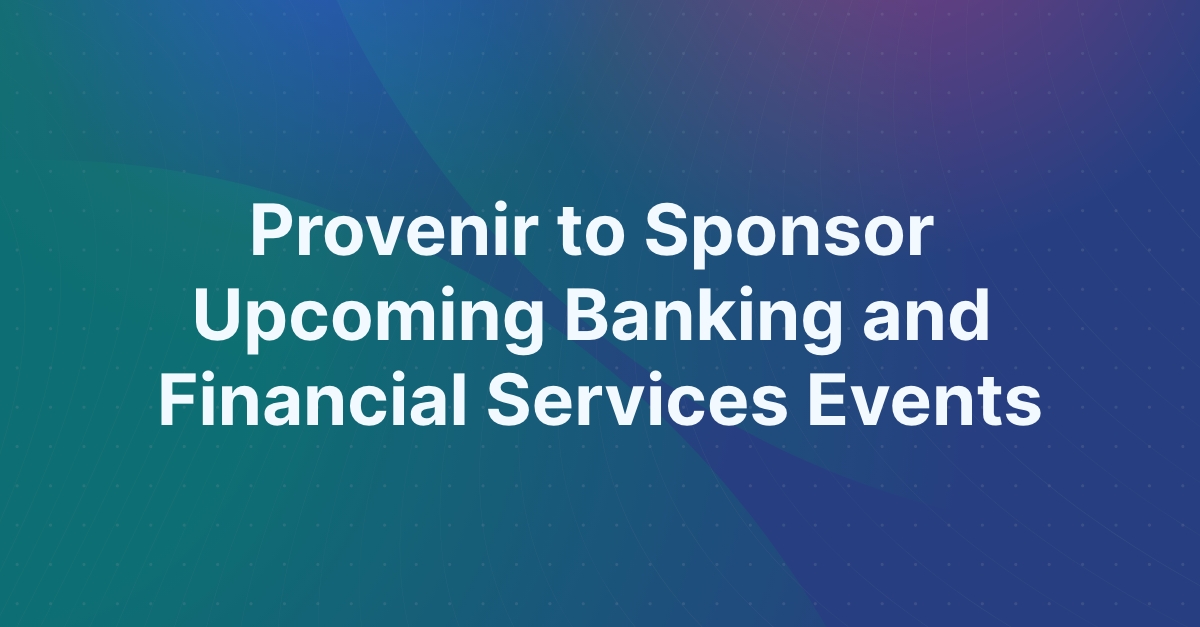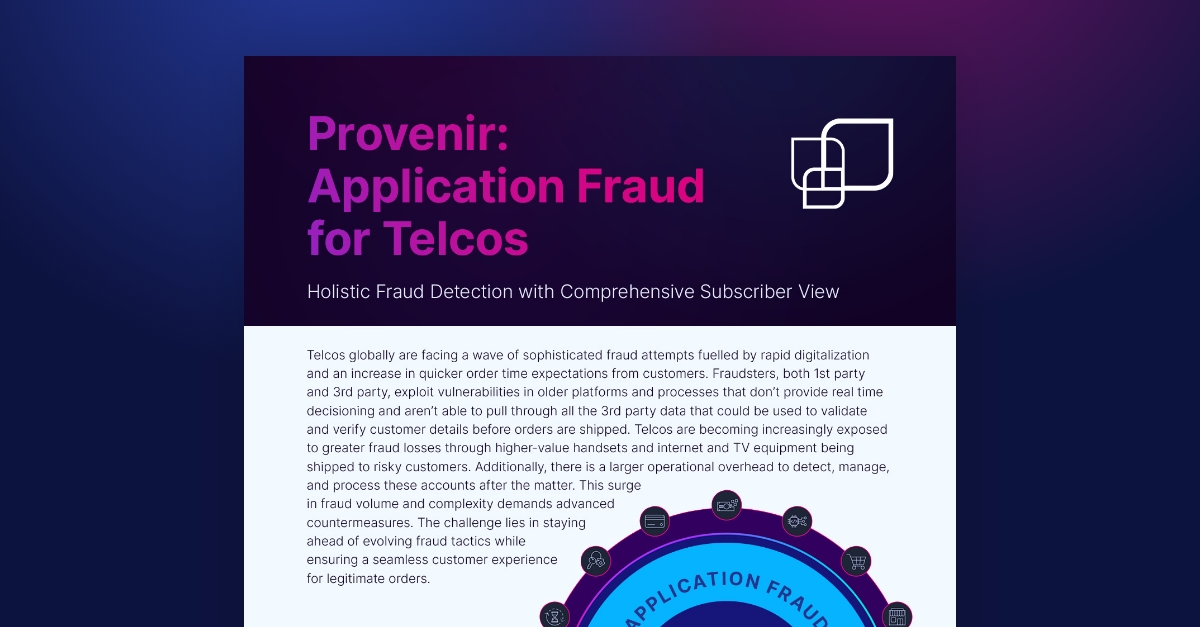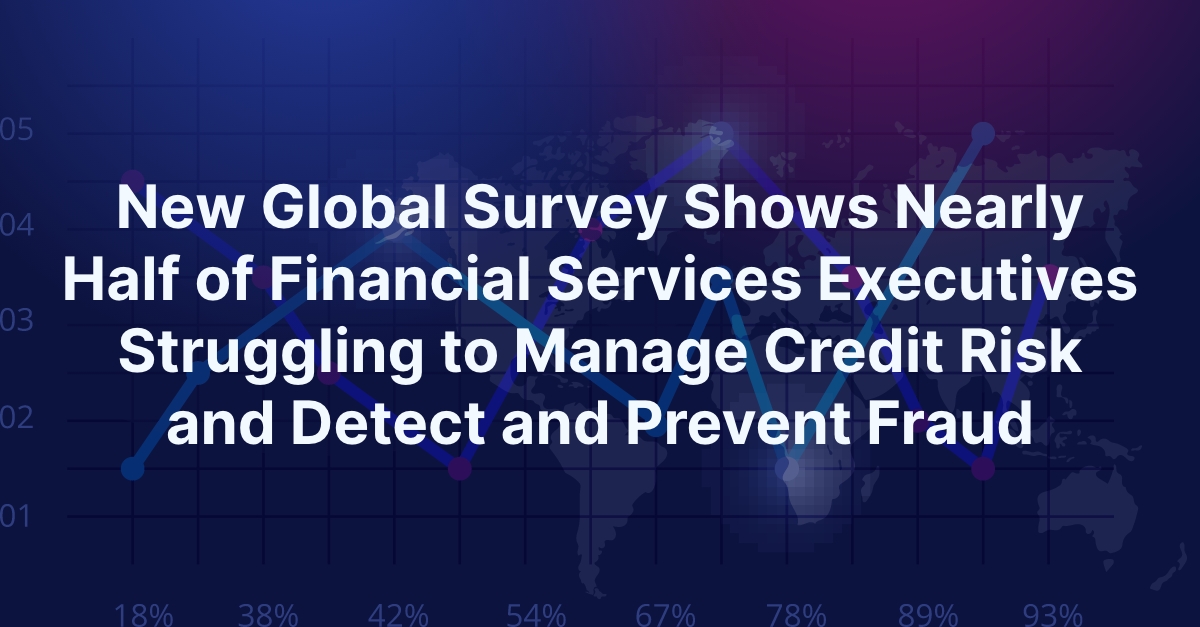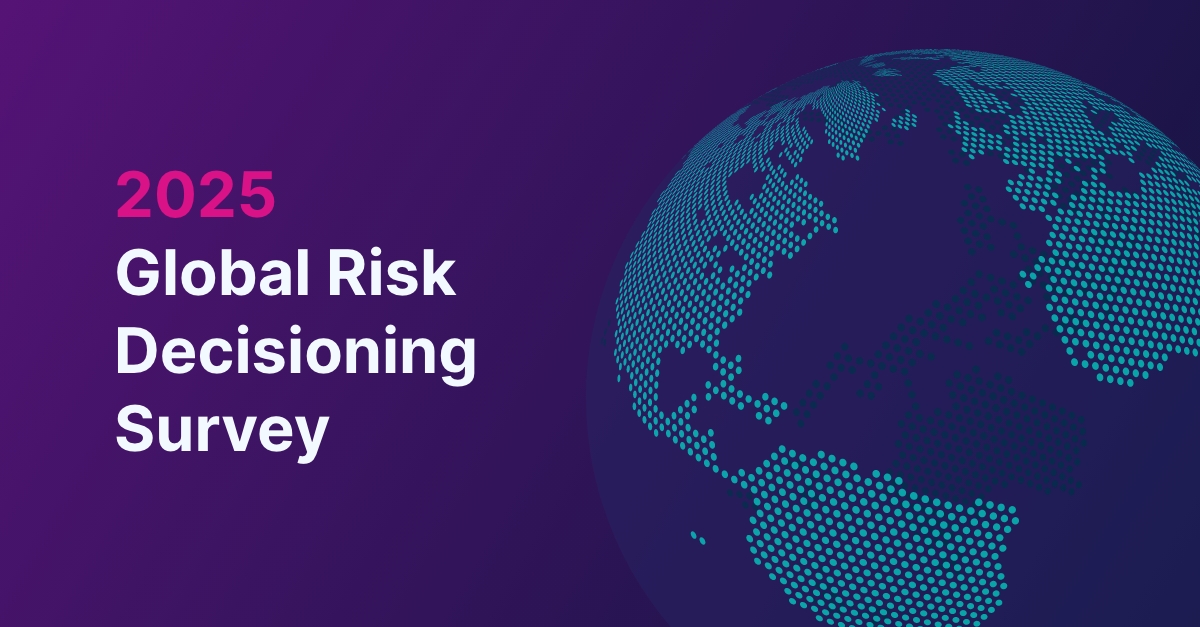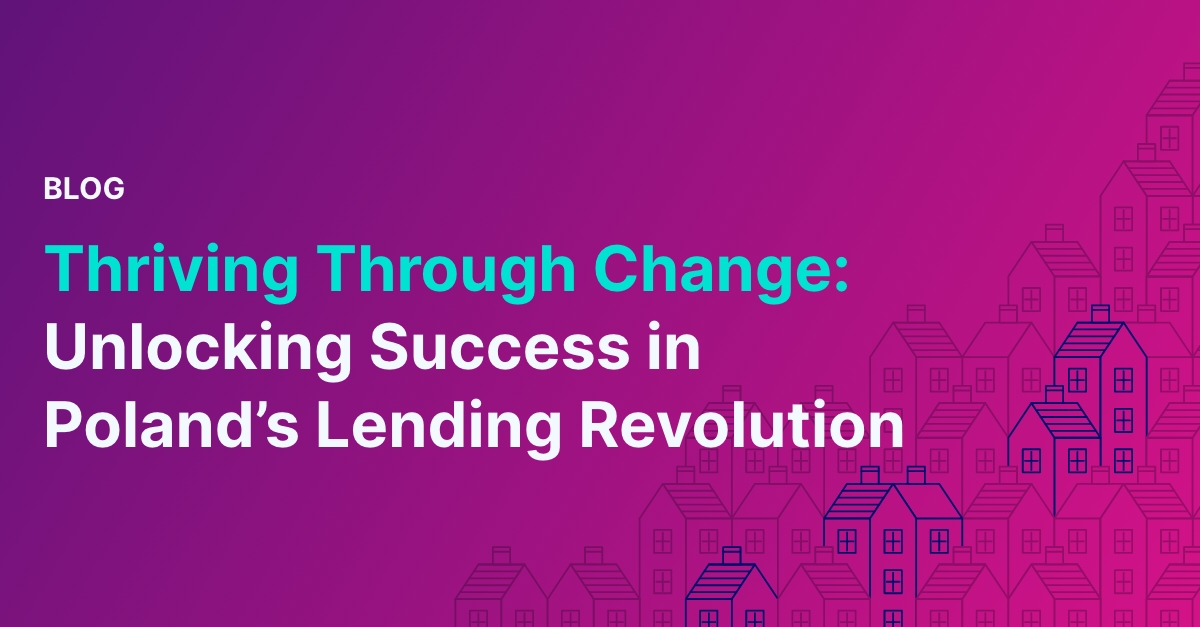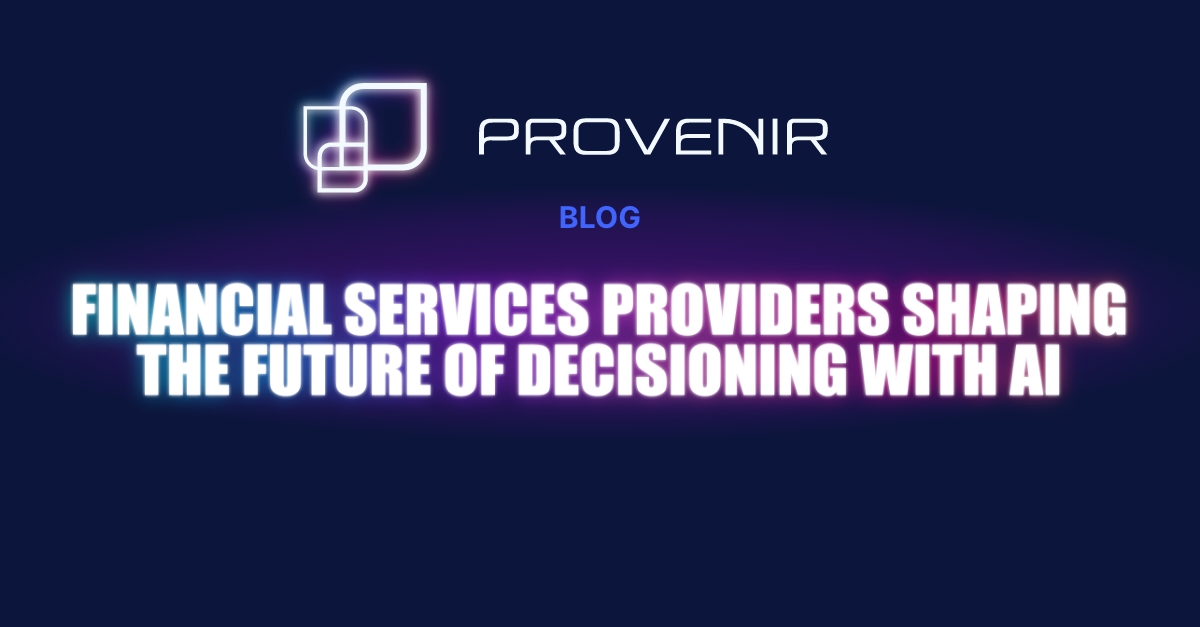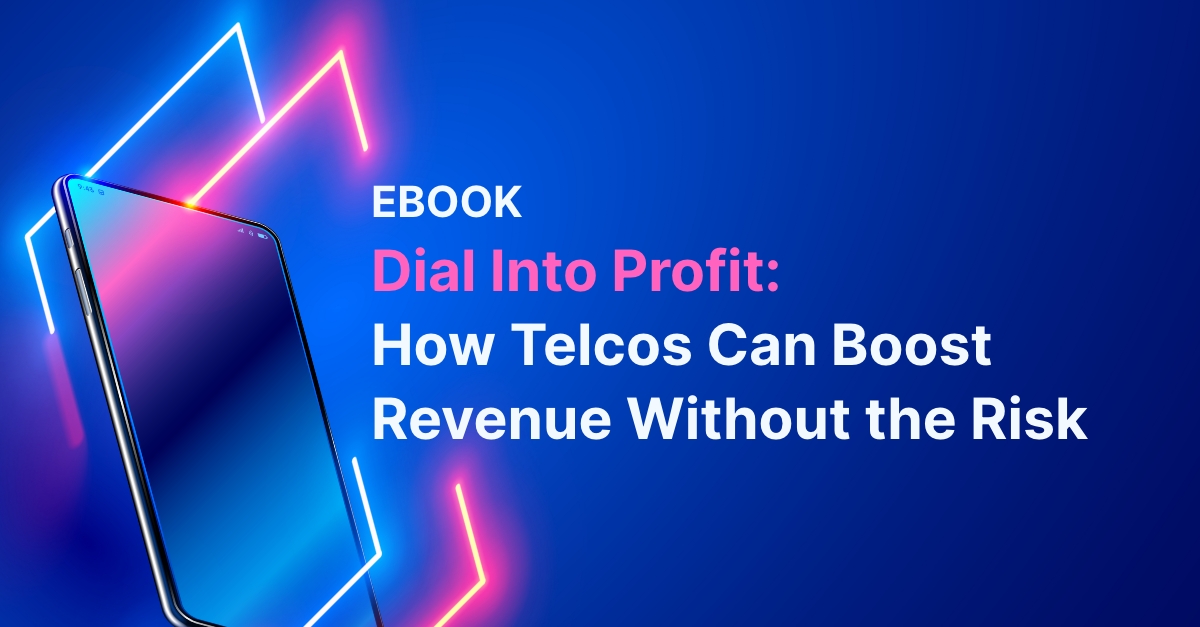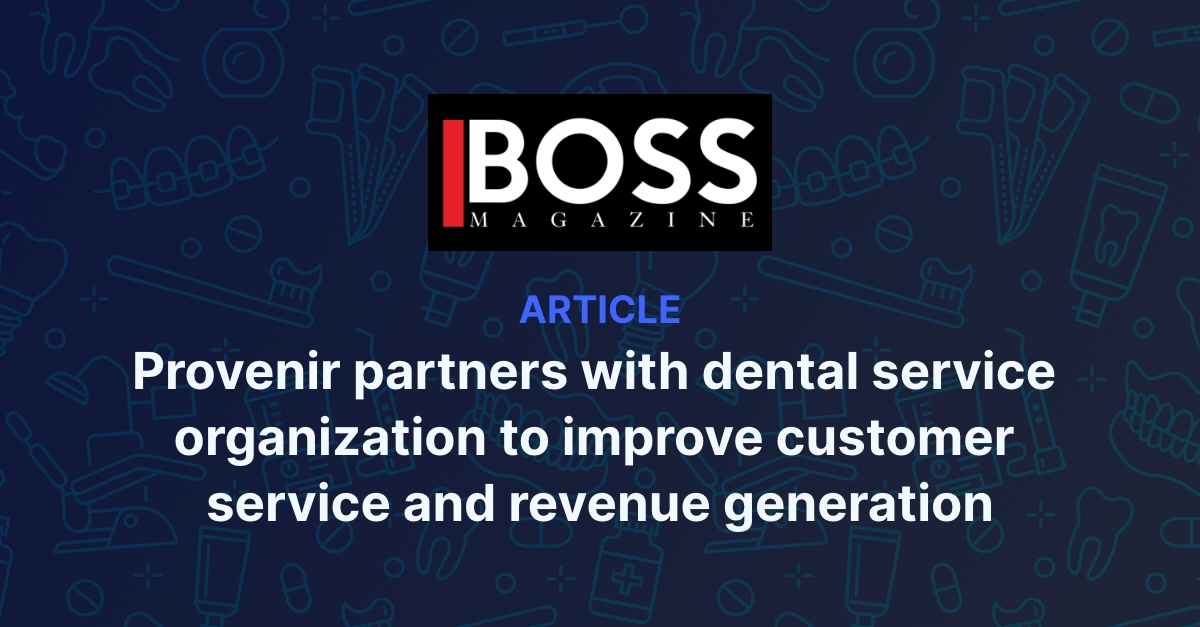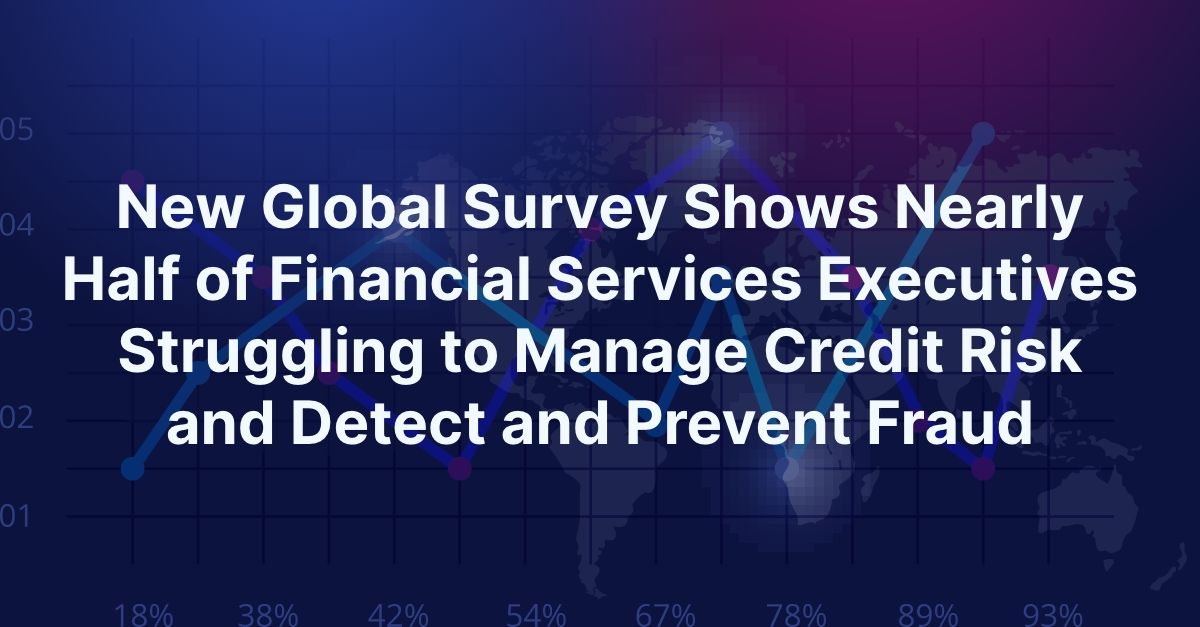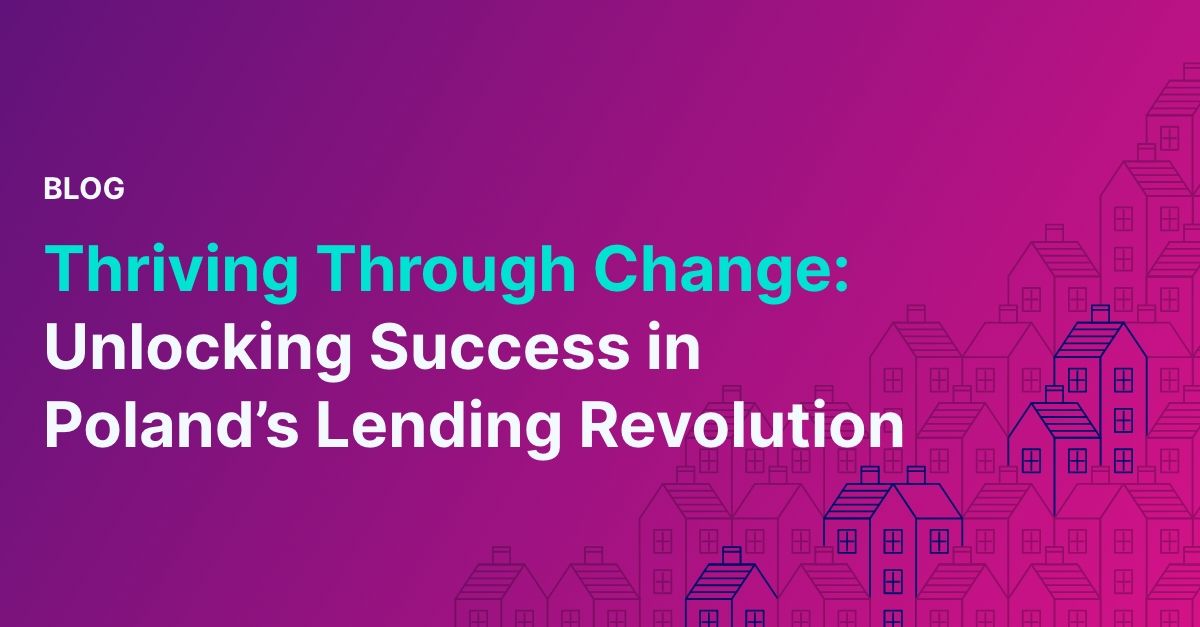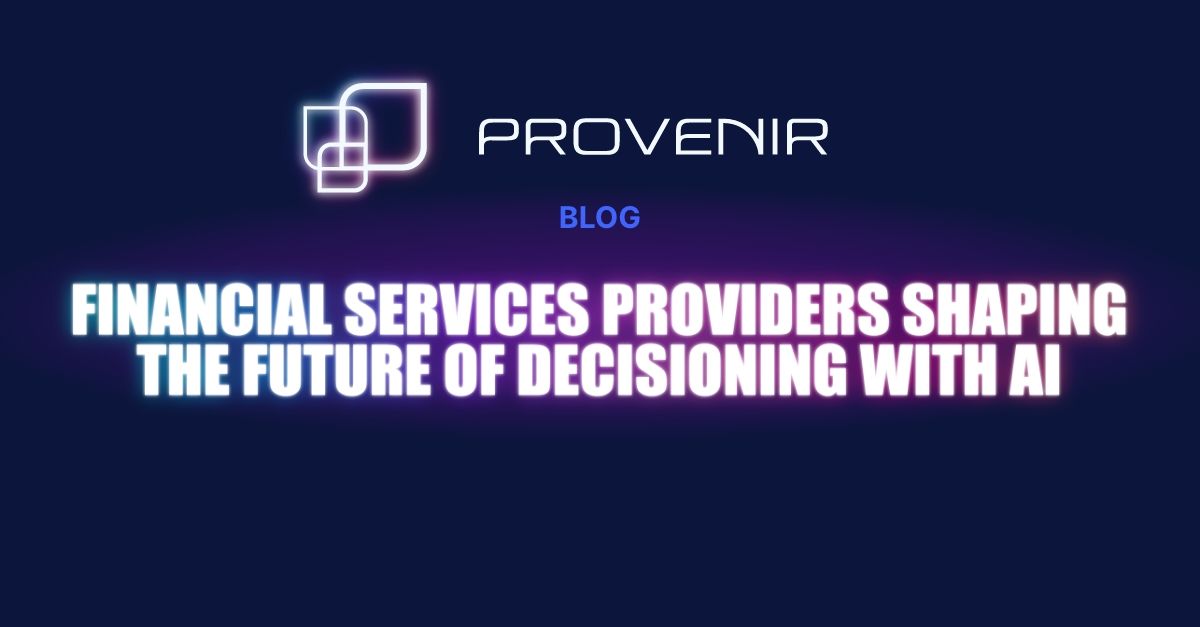Top Mortgage Lending Trends in the UK and Europe
Top Mortgage Lending Trends in the UK and Europe: Smarter Decisioning for a Changing Market
The UK mortgage market is poised for a notable rebound in the coming year, with mortgage lending growth projected to double compared to 2023, according to EY. While this signals renewed optimism, lenders are still navigating complex challenges — rising interest rates, affordability constraints, evolving regulatory pressures, and shifting borrower expectations.
Across Europe, mortgage markets are experiencing varying levels of volatility. Some countries, like Germany and the Netherlands, are facing demand fluctuations due to interest rate adjustments, while others, such as France and Spain, are seeing pockets of resilience amid broader economic uncertainty.
So, how can lenders capitalize on growth while managing risk? By embracing advanced credit and fraud risk decisioning, leveraging alternative data, and integrating AI-driven automation, mortgage providers can ensure they remain competitive in a rapidly changing landscape. Here’s what you need to know.
After recent turbulence, the UK mortgage market is showing early signs of recovery. The latest data from EY forecasts that net mortgage lending will grow from £11bn in 2023 to £22bn — a significant shift fueled by economic stabilization and a potential slowdown in interest rate hikes. However, growth comes with some challenges:
- Interest rates remain high compared to pre-pandemic levels, affecting affordability.
- Consumer confidence is still fragile, with borrowers cautious about long-term financial commitments.
- Regulatory scrutiny is increasing, with the Financial Conduct Authority (FCA) pushing for fair lending practices and enhanced risk oversight.
- Germany is experiencing weaker housing demand due to tightening credit conditions.
- France is navigating a slowdown in new mortgage approvals amid regulatory adjustments.
- Spain and Portugal are seeing a rise in international buyers, stabilizing demand despite domestic affordability challenges.
- High living costs and wage stagnation, which impact disposable income.
- Stringent mortgage stress tests, making it harder for first-time buyers to qualify.
- Variable rate mortgages, which are exposing homeowners to fluctuating monthly payments.
- Open banking data: Real-time income and spending patterns can help assess affordability more accurately.
- Rental payment history: Demonstrates financial discipline, especially for first-time buyers.
- Utility and telecom payments: Provides additional insights into payment behaviors and financial stability.
By integrating AI-powered risk decisioning, you can analyze alternative data at scale, leading to more inclusive lending decisions and better default risk prediction.
What do you need to do? Move beyond traditional credit scores by adopting AI-driven analytics and alternative data sources to expand lending opportunities without increasing risk.
With mortgage competition increasing and regulatory expectations rising, you can no longer afford slow, manual credit decisioning processes. AI and automation are becoming essential tools for enhancing speed, accuracy, and compliance.
AI is transforming mortgage lending with:
- Instant Decisioning – AI models process vast amounts of data in real time, reducing approval times from weeks to minutes.
- Advanced Fraud Detection – AI-powered anomaly detection helps identify fraudulent applications before loans are approved.
- Improved Regulatory Compliance – AI ensures fair lending practices by providing explainable decisioning frameworks and reducing bias.
But what’s the competitive advantage to AI Decisioning?
- Higher Approval Rates: More borrowers qualify for mortgages through personalized risk assessment.
- Reduced Risk Exposure: Predictive analytics detect high-risk applicants before issues arise.
- Operational Efficiency: Automating credit checks and underwriting reduces costs and processing times.
With UK mortgage lending growth set to double and European markets shifting, mortgage providers must evolve their decisioning strategies to remain competitive.
By embracing AI, alternative data, and automated decisioning, you can:
- Expand access to credit while minimizing default risk.
- Deliver faster, more seamless customer experiences.
- Ensure compliance with evolving regulatory standards.
As the mortgage landscape continues to change, the lenders that invest in innovation today will be the market leaders of tomorrow.
Ready to future-proof your mortgage lending strategy? Discover how AI-driven decisioning can help you boost approvals, manage risk, and streamline compliance.

